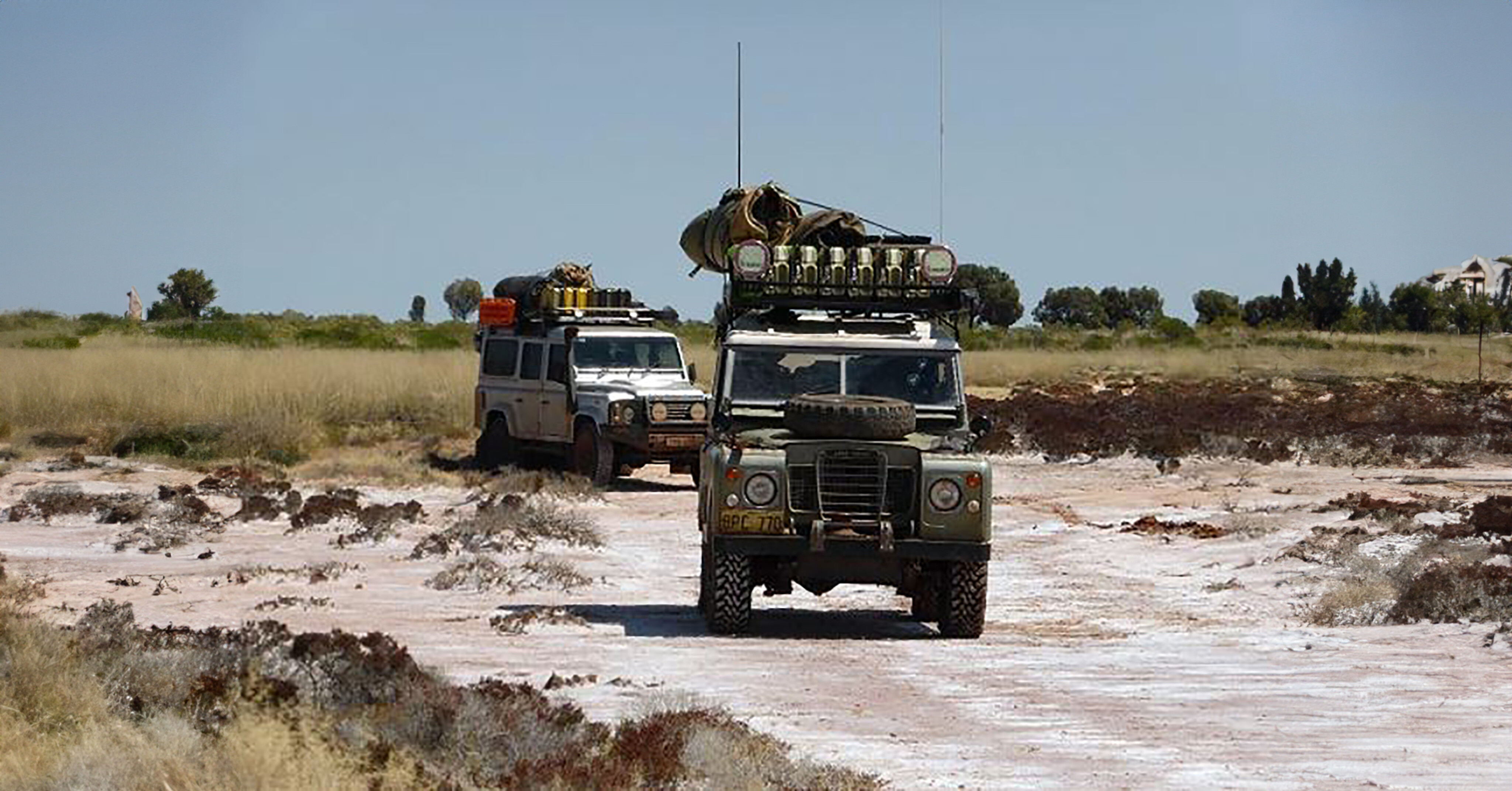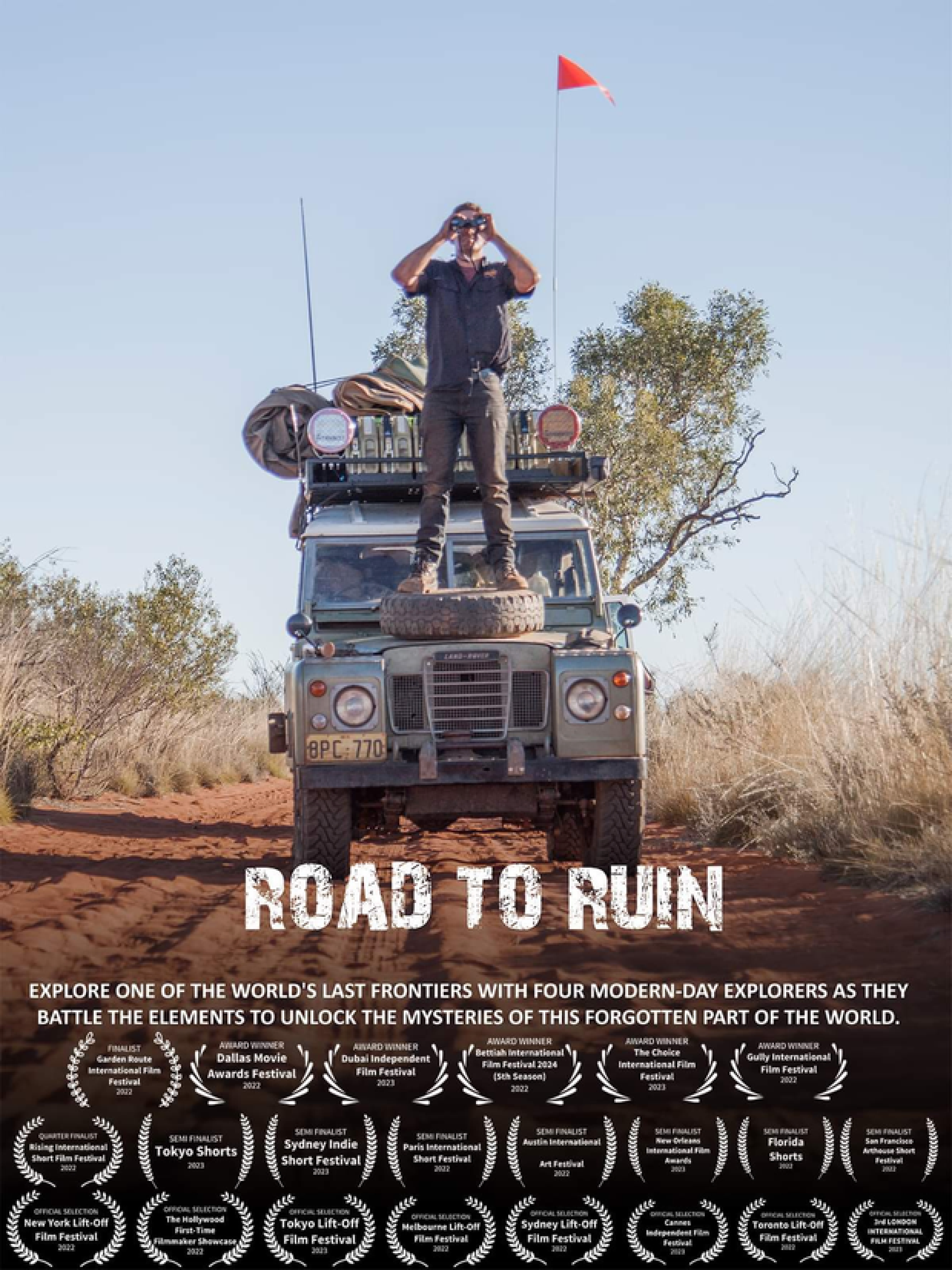
Road to Ruin documents a fantastic trip along the Canning Stock Route in a Series Land Rover.
First constructed as an alternative to take on the established Kimberley cattle monopoly controlling the supply of beef from the east Kimberley to the Perth market, the Canning Stock Route (CSR) surprisingly saw barely 20 droves between 1931 and 1959.
Long abandoned for cattle work since, the track has gone through multiple stages of repair and disrepair, but due to the availability of water from the multiple wells located approximately a day’s drive apart, and later the implementation of fuel sites (Parnngurr Community near Well 22, Kunawarritji Community near Well 33, and a drop point near Well 23), it has thrived as a badge of achievement for 4X4 owners seeking non-homogenised off-roading adventure.

Stretching south-west from Halls Creek in the Kimberley, through to the goldfields near Wiluna, there are no towns along the CSR’s entire length for support. It was this kind of open country, offering such distance, history, isolation and challenge, that saw the team at Seriously Series wanting to take it on using the most basic off-road vehicle and tools. The idea was to follow Alfred Canning’s route, starting in Wiluna and travelling north-east towards the Tanami Desert and the route’s original start point at Halls Creek, all the while documenting the landscape and journey on video.
The trip centred around Geoff Lewis and Damon Heather travelling in Geoff’s 1975 Land Rover Series 3, fresh from a two-year rebuild completed the same day the journey began. A much younger 2010 Land Rover Defender piloted by Claire Lewis and Stevie Tuchowski served as camera car, while also providing a safety net should things go wrong.
With all the hallmarks of previous Australian explorers like Malcolm Douglas and Mike and Mal Leyland, Road to Ruin strips the usual Youtube-esque gloss and replaces it with the gritty outback travel reminiscent of those pioneers of early 4x4 television shows.
Dealing with setbacks and multiple failures any way they can in a dauntingly remote part of Australia, however stunning the scenery may be, the Seriously Series team dig deep through the stress and frustration when things go awry. Stick around for the rundown figures at the end, as it gives a brilliant insight into what the team went through to achieve what they did.
To give perspective of the scope of challenge the team faced, the usual 4x4 travel time of the CSR clocks between 10 to 14 days, but by the end of their journey, that counter had pushed past 22.
Since being released, Road to Ruin has now been accepted to stream in 25 countries on several platforms including Amazon Prime, Google Play, YouTube Movies and Apple TV. It is well worth the watch for any 4x4 traveller looking for inspiration and adventure.
1975 Series 3
Geoff Lewis, a dyed-in-the-wool Landy enthusiast, made a number of modifications to his 1975 Series 3 to tackle the CSR.
The factory 2.25 litre 4 cylinder petrol engine was left mainly stock with its 8:1 compression ratio allowing ultra-low octane fuel to be run with just a timing adjustment should it need to. Rover differentials were used with 4.7:1 ratios, as well as ARB air lockers, along with Powerlock free wheeling hubs, while the suspension was heavy-duty Land Rover leaf springs and fresh Old Man Emu nitrocharger shock absorbers.
Two 72-litre fuel tanks were topped-up by six 20-litre roof-rack mounted jerry cans. An Aero parts Capstan winch was fitted, running a dog clutch from the engine’s crankshaft.

COMMENTS